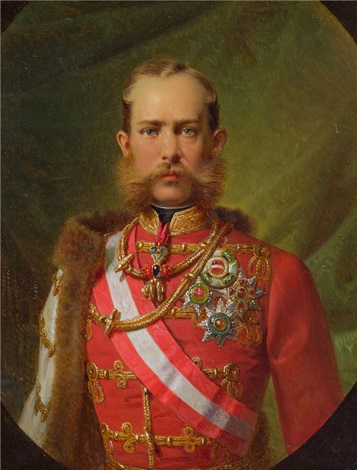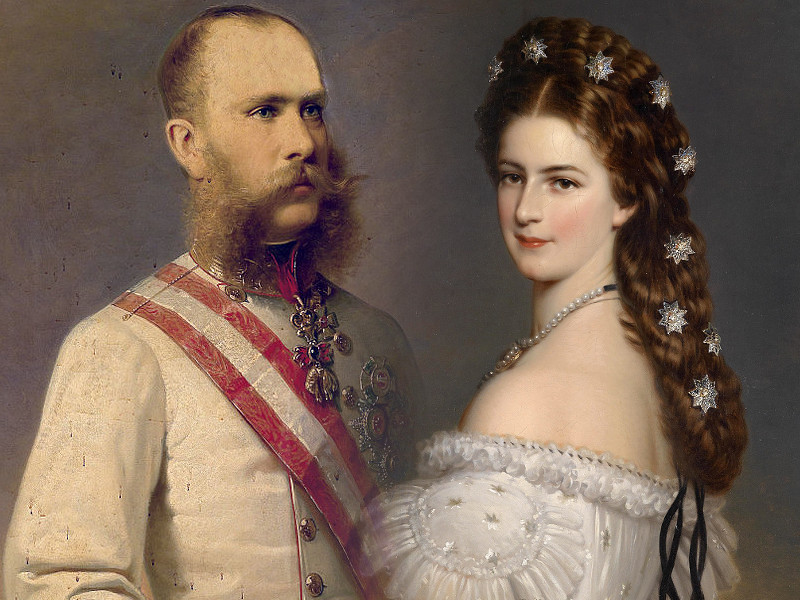
The exhibition in Cologne shows a sample of them, including images of Sisi with her dogs or scenes from her family life. The Museum Ludwig owns 18 of the empress's photo albums, consisting of about 2,000 photographs. Image: Oliver Berg/dpa/picture alliance An early collector The Cologne exhibition features a number of photos collected by Sisi at a time when photography was a new medium. "Any pretty faces you can muster at Angerer's or other photographers, I ask you to send me." The princess, who was seen as conventionally beautiful, was fascinated by the interplay of seeing and being seen. "I am creating a beauty album, and am now collecting photographs for it, only of women," she wrote to her brother-in-law, Archduke Ludwig Viktor, in the 1860s. In them, Sisi collected pictures of women to study their appearances. Among the pictures shown are three so-called "beauty albums," bound in fine leather. It was during her time abroad that she started her photo collection, which is now on display at Museum Ludwig in Cologne. Seeking respite, the empress fled her family and Vienna and traveled around Europe, living in Venice, Madeira and Corfu, where she could relax and recuperate - she later built an opulent palace there and spent much of her time learning Greek, going on walks and seeing friends. Yet she was deeply unhappy with life in court and plagued by health issues, many of which were thought to have been psychosomatic. Only two weeks into her marriage she referred to her new home as a "dungeon." Her husband was unable to devote himself to her private life - he was busy coping with military defeats and the process of transforming the empire into two constitutional monarchies: Austria and Hungary. Yet becoming empress and moving to Vienna was not exactly a dream come true for the teen. She spent her childhood in Munich and nearby Lake Starnberg before becoming empress through her marriage at the young age of 16. The empress was also a selfish and capricious person.īorn in 1837, the young princess was the fourth of 10 children of Duke Maximilian and his wife Ludovika of Bavaria. But this myth didn't exactly speak to her actual character. She represented a common longing to break out of the shackles of everyday life to become someone spectacular. Who was the real Sisi?Īs a historical figure, the 19th-century empress became both a legend and a symbol. The heart-warming films starring a young Romy Schneider were exactly what viewers needed in battered postwar Germany. Thanks to director Ernst Marischka's film trilogy about the young princess nicknamed Sisi (spelled "Sissi" in the film title), released between 1955 to 1957, generations of television viewers around the world have delighted in following the young princess's journey as she struggled to navigate Viennese court etiquette while winning over the hearts of the population.

Together, they ruled over one of the most powerful empires of Europe. For the young monarch, it was love at first sight, and their marriage was quickly agreed upon.

In the summer of 1853, Bavarian Princess Elisabeth was invited to the 23rd birthday of Emperor Franz Joseph, ruler of the Habsburg empire.


 0 kommentar(er)
0 kommentar(er)
